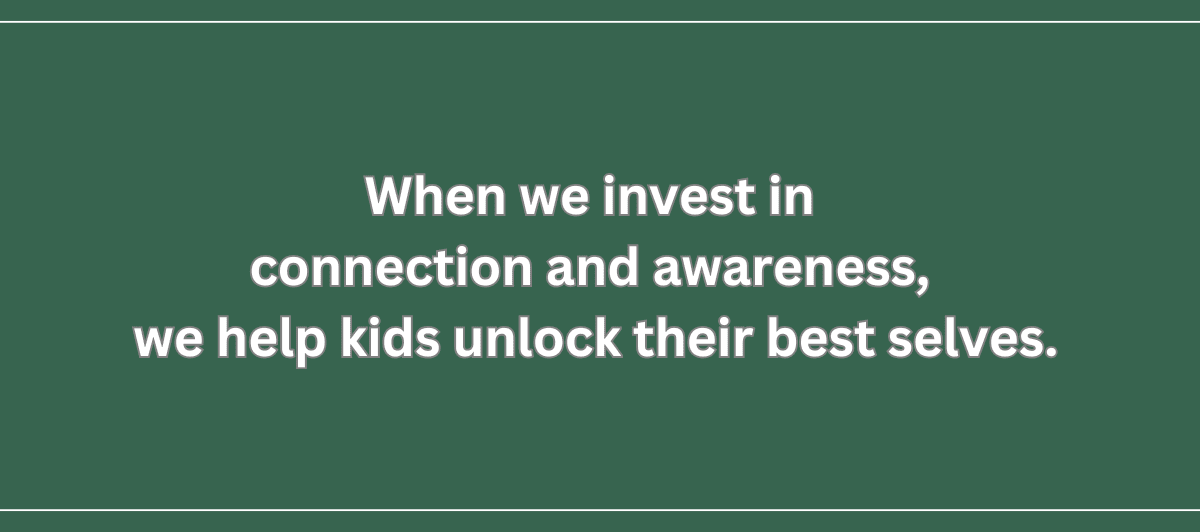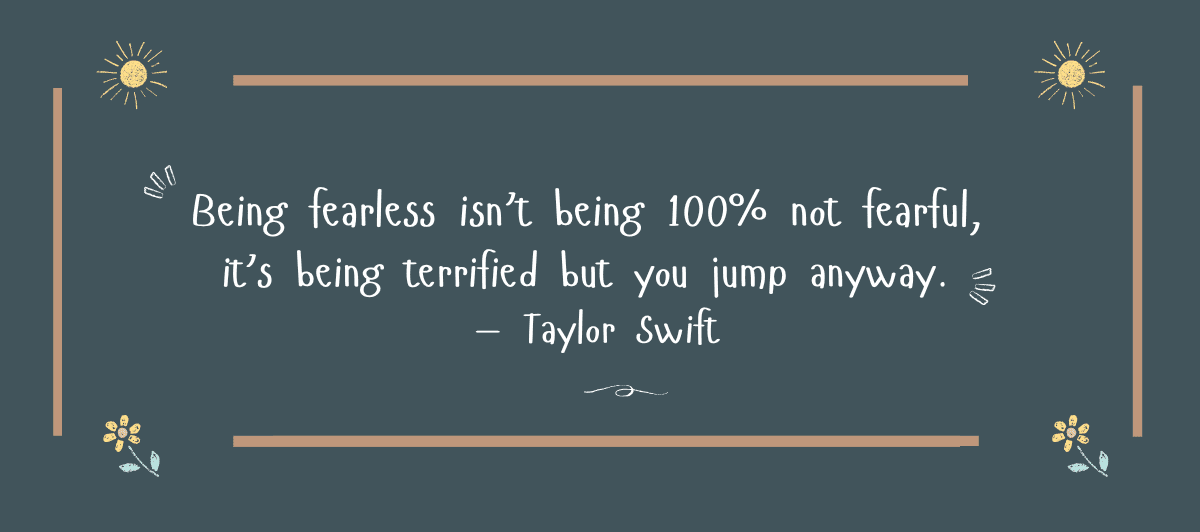
Power of Small Wins – Why You’re Winning Without Realizing It
You most likely notice the big wins, but are you seeing the small ones?
The big wins are easy to spot…finishing a challenging project, hitting a professional goal, or successfully navigating a tough situation. Exciting, yes. But it’s the small wins – the everyday choices to stay patient, focused, and calm under pressure that shapes who you are. This is the true power of small wins.
These choices contribute to your personal growth and build your resilience over time.
Try This: End your day by reflecting on one small win. It’s a simple step toward self-improvement and noticing everyday victories.
It could be something as simple as:
- Taking a deep breath instead of reacting in frustration
- Following through on a task even when motivation is low
- Listening fully, even when you’re tired
- Encouraging a child or student who’s struggling
Celebrating these small wins is about honouring your everyday efforts and noticing the moments that matter – a practice that strengthens your mindset and shows why mindset matters.
Sometimes a quiet acknowledgment to yourself, like ‘I handled that well,’ can be more powerful than any applause.
This is what I know: These small, often unnoticed moments may seem ordinary, but every effort, every patient response, every deliberate choice, all add up. That’s the power of small wins in action – helping you keep going and growing.
Until next time…











